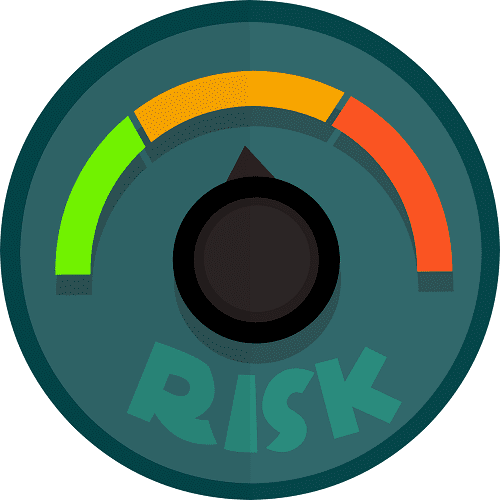Resulting from the 2010 Deepwater Horizon catastrophe, the offshore world of safety was forever changed. Higher standards and increased awareness span from the Bureau of Safety and Environmental Enforcement, more commonly known as BSE. BSEE’s Safety and Environmental Management Systems (SEMS) specifies 17 elements that must be fulfilled in order to meet and maintain compliance when operating in the deep waters of offshore Gulf of Mexico. BSEE took a significant route to ensure a more safe working environment takes route in the SEMS program.
Identified as crucial, safety and environmental information find root in their provision as one of the 17 SEMS elements. Within this portion of the program, BSEE stipulates that any facility that must maintain a constant level of SEMS compliance has to develop and provide safety and environmental information specific to that facility. Additionally, BSEE dictates the criteria to ensure companies supply pertinent information that can be used to reduce risk. The regulatory agency further streamlines the process and requires hazard analysis and job safety analysis procedures.
Hazard Analysis
The SEMS program requires that all information be provided that serves as the basis for implementing all of the SEMS element requirements. This includes using and completing a hazard analysis, which describes a process to access risk in the workplace.
Any activity that is regulated or falls into the confines of the SEMS program must include a hazard analysis. According to the SEMS 17 elements mandate, companies controlled by BSEE document and keep current study for every operation about this section for the remainder of the facility’s life. If an internal audit is conducted, the analysis must be updated to ensure consistency with those current operations.
The hazard analysis must be specific to an operation and identify, evaluate, and adequately manage the hazards associated with that job activity. They should list the operation’s hazards, state the previous incidents related to the operation, and name control technology applicable to the task evaluated in the hazard analysis. Additionally, the hazard analysis should qualitatively assess potential health and safety effects on human life and the environment.
Individuals involved in the hazard analysis procedure must be knowledgeable in the area of operation being evaluated. They should be experienced in the methodologies of hazard analysis as well. When the process is completed, recommendations gained from the hazardous analysis must be resolved with the resolution being documented.
Job Safety Analysis
Widely referred to as the JSA, the job safety analysis is a safety tool used to define and mitigate hazards associated with specific job tasks. Concerning the SEMS standard, any job task regulated by the standard must have a corresponding JSA. The JSA should be prepared, conducted, and approved before the start of work.
While the JSA process is typically standard and similar when comparing its use throughout various industries, the SEMS standard stipulates specific use criteria. Job steps must be identified on the JSA for the job task it represents. For every step listed, the corresponding hazards need identification as well. Lastly, for each hazard recalled, a mitigative measure must be identified to protect individuals from harm. These three factors of the job step, hazard, and mitigation reign most common on the JSA through those varying industries that utilize this particular process. This commonality assists in ease of use.
The JSA indirectly serves as a checklist of items to ensure safe work. Signatures are required to serve as verification of information presented on the document. The crew supervisor must review and sign the JSA attesting that all crew members understand the scope of work and ensure each signs the document to validate that verification. Additionally, the individual who oversees or is in charge of the facility must sign that same JSA. This signature designates a safe start to work. Without that signature, crews must remain idle.
Training
SEMS compliance finds achievement through a variety of policies and programs. Training is another consideration held in the highest regard. Individuals who will be working offshore and utilizing the hazard analysis and JSA processes must receive adequate training to complete and work within the parameters of these tasks.
Individuals should receive training on hazard analysis and JSA procedures upon securing employment. This typically falls into the curriculum of new hire training. These same individuals should be retrained on an annual refresher basis or if the procedures change in any form or fashion.
Details Ensure Safety
With anything in life, what you put in is what you get out. The more details an individual includes in the hazard analysis and JSA procedures, the better the chances are of avoiding an undesirable outcome. Skipping job steps leads to the failure to identify hazards. Attempting to save time and not list all applicable hazards only costs more time in the long run with an inured employee or damaged facility.
Embracing the hazard analysis and the JSA processes and recognizing their value as safety tools will allow for their correct use, just as BSEE desires. Using these tools in an early warning school of thought, each individual involved in the job task possesses a more significant opportunity to complete the job safely and return to their families unharmed.
Nick Vaccaro is a freelance writer and photographer. In addition to providing technical writing services, he is an HSE consultant in the oil and gas industry with twelve years of experience. Vaccaro also contributes to SHALE Oil and Gas Business Magazine, American Oil and Gas Investor, Oil and Gas Investor, Energies Magazine and Louisiana Sportsman Magazine. He has a BA in photojournalism from Loyola University and resides in the New Orleans area. Vaccaro can be reached at 985-966-0957 or nav@vaccarogroupllc.com.






